Summary of Andrew Ng’s Keynote Speech
吴恩达(Andrew Ng)主题演讲总结
作者简介:彭仲仁
美国佛罗里达大学设计、规划与建造学院适应性规划与设计国际研究中心(iAdapt)
会议简介:AAAI 2025
AAAI Conference on Artificial Intelligence 由国际先进人工智能协会主办,是人工智能领域的顶级国际学术会议之一,是人工智能领域历史最悠久、涵盖内容最广泛的国际顶级学术会议之一,每年举办一届。当地时间2月25日,第39届 AAAI 2025 在美国宾夕法尼亚州费城举办,会议为期8天,于3月4日结束。

Andrew Ng made a keynote speech “AI, Agents and Applications” today (Feb. 28th, 2025), his talk offered an insightful overview of the current landscape and future opportunities in artificial intelligence as of February 2025. Delivered with his characteristic expertise and optimism, Ng outlines a vision for AI’s transformative potential, emphasizing technical trends, the AI ecosystem, and the empowerment of professionals to innovate. Here’s a brief summary.
吴恩达(Andrew Ng)于2025年2月28日在AAAI 2025发表了题为“AI、智能体与应用”的主题演讲,他对截至2025年2月的人工智能(AI)现状和未来机遇进行了深刻的概述。演讲以其一贯的专业性和乐观态度,描绘了AI的变革潜力,强调了技术趋势、AI生态系统以及赋能专业人士创新的重要性。以下为简要总结。
会议现场照片:
keynote speaker Andrew Ng 吴恩达
1. The AI Stack and Opportunities in Applications
Ng begins by framing the “AI Stack,” a layered structure of the AI ecosystem, and identifies where the most significant opportunities lie. He argues that while much attention is focused on AI technology—especially foundational models like those from OpenAI, Anthropic, and Meta—the greatest potential for growth and impact is in building AI applications. The stack includes:
吴恩达首先提出了“AI堆栈”的概念,这是一个分层的AI生态系统结构,并指出了其中最具潜力的机会领域。他认为,尽管许多注意力集中在AI技术上(尤其是像OpenAI、Anthropic和Meta等公司的基础模型),但最大的增长和影响潜力在于构建AI应用。这个堆栈包括:
· Semiconductors (e.g., NVIDIA, AMD, Intel): The hardware foundation for AI.
· Cloud (e.g., AWS, Google Cloud, Azure): Infrastructure supporting AI computation.
· Foundational Models (e.g., OpenAI, Anthropic, Meta): Core AI technologies.
· Agentic Orchestration Layer (e.g., LangChain, crewAI, AGi): An emerging layer for coordinating AI agents, highlighted as a new area of innovation.
·Applications (e.g., Workhelix, BEARING.ai, meeno): Practical, user-facing AI solutions in diverse industries.
Ng emphasizes that this focus on applications, enabled by a new “agentic orchestration layer,” will drive the future of AI, encouraging developers to build impactful, real-world tools.
吴恩达强调,这种对应用的关注,加上新兴的“智能体协调层”,将推动AI的未来发展,鼓励开发者构建具有实际影响力的工具。
2. Five Key Technical AI Trends
五大关键AI技术趋势
Ng identifies five critical technical trends shaping AI development, each offering opportunities for innovation:
吴恩达指出了塑造AI发展的五个关键技术趋势,每个趋势都为创新提供了机会:
·Fast Prototyping: Generative AI enables rapid, efficient creation of AI prototypes, transforming how we innovate. For example, building a text-processing system now takes days with LLMs (specifying a prompt and deploying a model) compared to months with traditional supervised learning. Ng advocates for “moving fast and being responsible,” balancing speed with ethical considerations.
·Voice Stack: Advances in voice AI make it easier to build audio applications, but technical challenges like latency remain. Ng discusses reducing latency in voice interactions—e.g., using pre-responses like “Hmm… let me think” to mask reasoning time—drawing on ongoing work with RealAvatar to enhance real-time conversational AI.
·Visual AI: While text processing has matured, Ng predicts an impending revolution in image processing, enabling new applications in manufacturing, self-driving vehicles, and beyond, leveraging advanced computer vision technologies.
·Data Gravity is Decreasing: The compute-intensive nature of generative AI workloads makes data transmission costs negligible compared to processing costs, making it feasible to send data to distant locations for processing, enhancing AI flexibility and scalability.
·Data Engineering: The importance of managing unstructured data (text, images, video, audio) is rising, as data engineering becomes crucial for supporting AI systems, ensuring high-quality data for effective model training and deployment.
These trends highlight AI’s rapid evolution, offering a roadmap for developers to capitalize on efficiency, accessibility, and specialization.
这些趋势凸显了人工智能的快速演变,为开发者提供了一个效率、可访问性和专业化的路线图。
3. The Rise of the “10x Professional”
Ng introduces the concept of “10x professionals,” drawing a parallel to the well-known idea of “10x engineers.” He notes that while 10x engineers are celebrated, other roles like analysts, marketers, and recruiters also have the potential to achieve extraordinary productivity with AI. As AI tools empower more people to build and innovate, Ng predicts a surge in 10x professionals across industries, democratizing high-impact contributions and amplifying human potential.
吴恩达提出了“10倍专业人士”的概念,类比于广为人知的“10倍工程师”。他指出,虽然10倍工程师备受推崇,但分析师、营销人员、招聘人员等其他角色也有潜力通过AI实现非凡的生产力。随着AI工具赋能更多人进行创新,吴恩达预测各行业将涌现出大量10倍专业人士,推动高影响力的贡献并放大人类潜力。
4. Conclusion: A Wonderful Time to Build
结论:这是一个创建的绝佳时机
Ng concludes with an inspiring message: “This is a wonderful time to build!” He encapsulates the optimism of his presentation, emphasizing that the current AI landscape—marked by rapid technological advancements, accessible tools, and significant opportunities in applications—creates an ideal moment for innovation. He encourages developers, researchers, and professionals to leverage these trends responsibly, building transformative AI solutions that drive progress across sectors.
吴恩达以一句鼓舞人心的话结束演讲:“这是一个创建的绝佳时机!”他总结了演讲中的乐观情绪,强调当前AI格局——以快速技术进步、易用工具和应用中的重大机遇为标志——为创新创造了理想时机。他鼓励开发者、研究人员和专业人士负责任地利用这些趋势,创建推动各领域进步的变革性AI解决方案。
Throughout the speech, Andrew Ng combines technical depth with strategic vision, drawing on his expertise as a leading AI figure. His presentation is forward-looking, optimistic, and practical, positioning 2025 as a pivotal year for AI development. By focusing on applications, technical trends, and human empowerment, Ng inspires his audience to embrace AI’s potential while maintaining responsibility, aligning with his broader mission to advance AI for societal benefit, as reflected on his website
(https://www.andrewng.org/).
在整场演讲中,吴恩达结合了技术深度与战略视野,展现了他作为AI领域领军人物的一贯风格。他的演讲具有前瞻性、乐观且务实,将2025年定位为AI发展的关键一年。通过聚焦应用、技术趋势和人类赋能,吴恩达激励听众在保持责任感的同时,拥抱AI的潜力,推动社会进步,正如其个人网站(https://www.andrewng.org/)所体现的使命。
最近有朋友问我们:为什么没有及时看到推文?因为微信改了推送规则,没有点“赞”或“在看”,没有把我们“星标”,都有可能出现这种状况。
加“星标”,不迷路!看完文章顺手点点“赞”或“在看”,就可以准时与我们见面了~
原文始发于微信公众号(城市数据派):【前沿】AAAI 2025吴恩达最新演讲总结: AI 未来最大的机遇在哪里?丨城市数据派



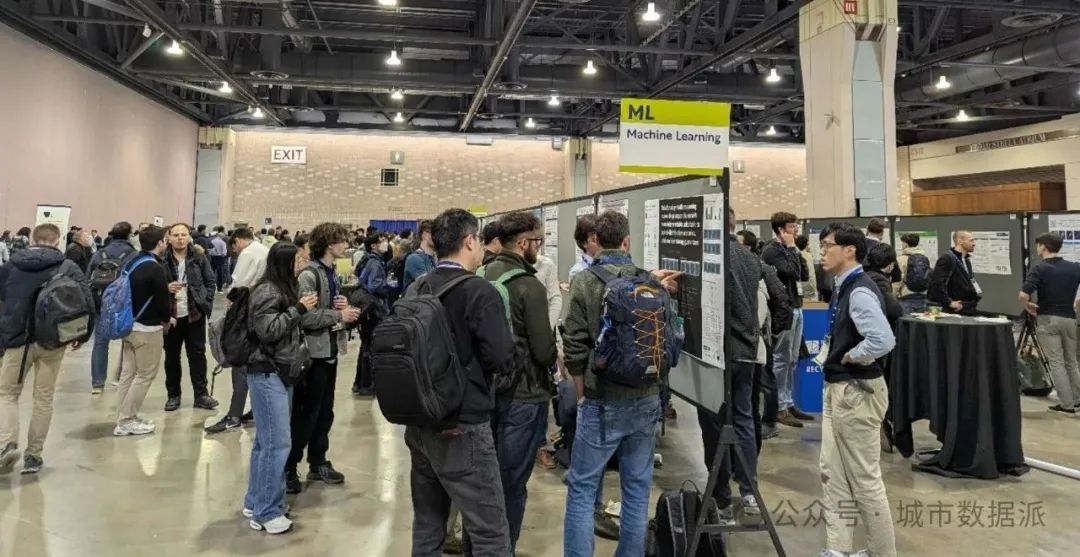
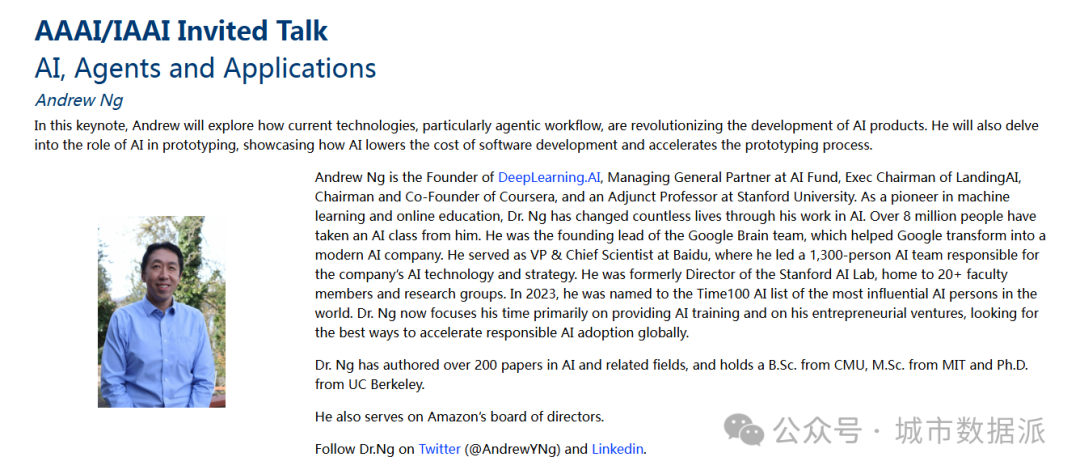
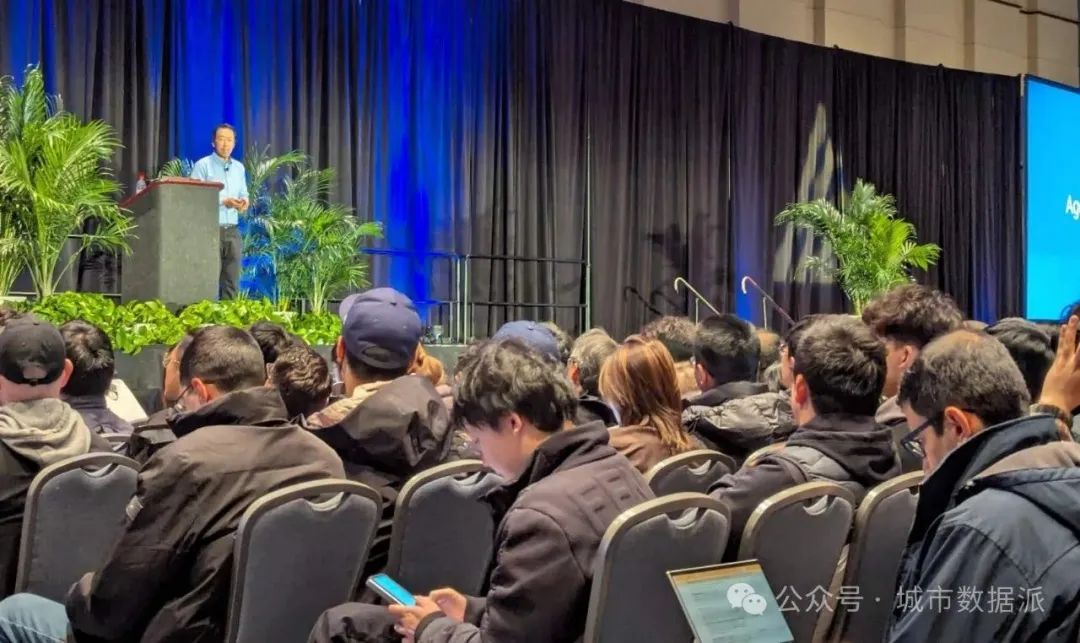
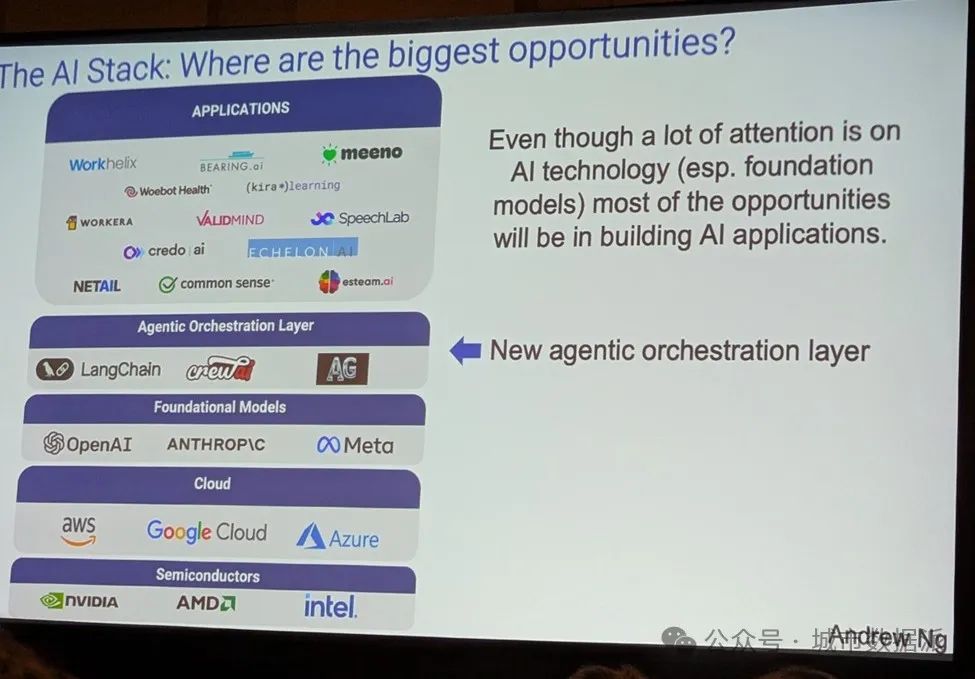
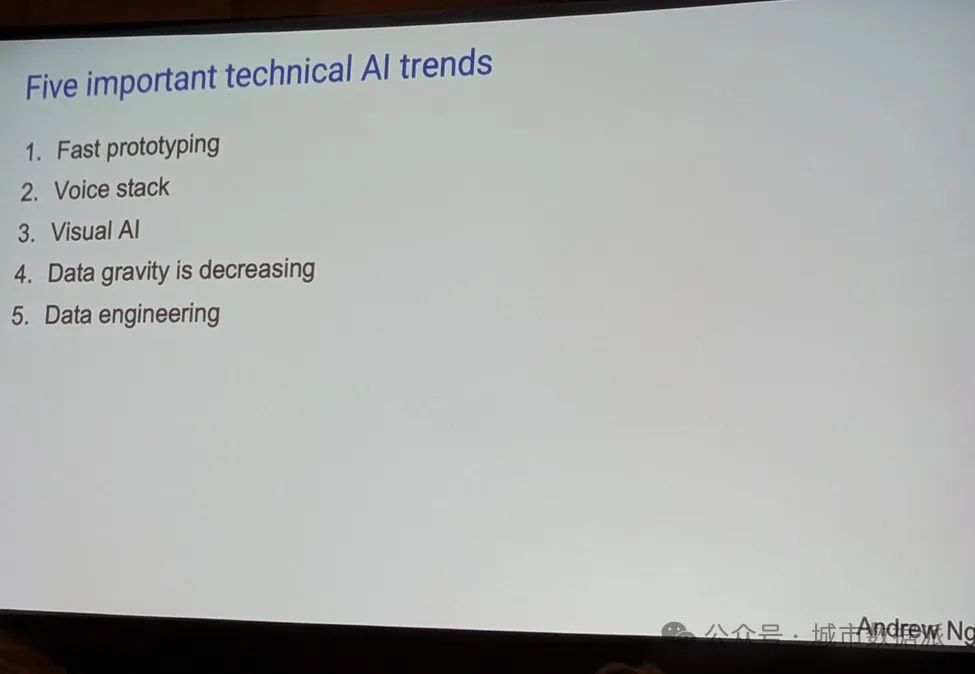

 规划问道
规划问道






